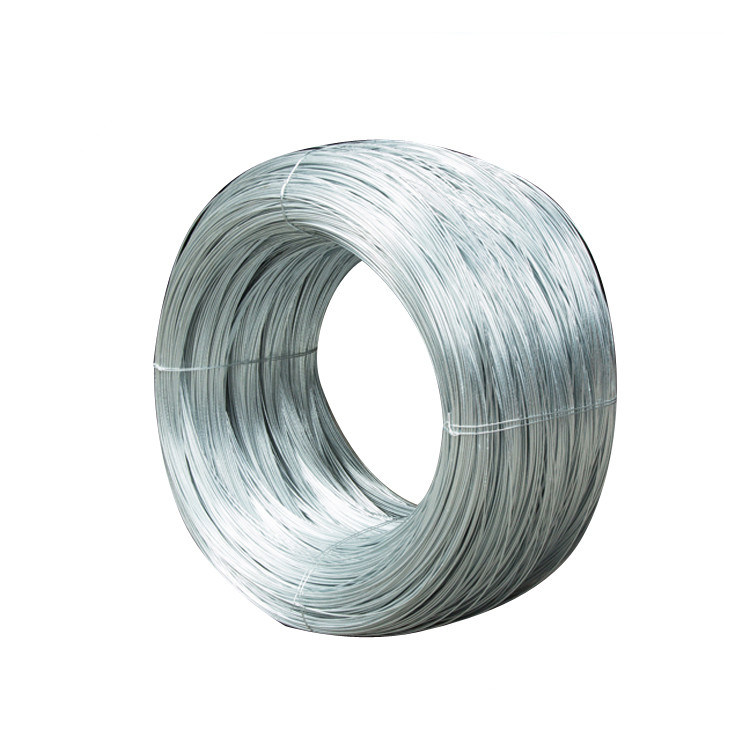
- Mobile Phone
- +8613931874955
- sales@cntcmetal.com
types of chicken wire fencing
Types of Chicken Wire Fencing
Chicken wire fencing is a versatile and practical solution for various agricultural and gardening needs. It is primarily used to enclose poultry, but it also serves as a barrier for other small animals or as a support structure for plants. Understanding the different types of chicken wire can help you choose the right fencing for your specific requirements.
1. Standard Chicken Wire
Standard chicken wire, often referred to as hex wire or poultry netting, is made of thin, galvanized steel wire that is twisted into hexagonal shapes. This type of fencing is relatively inexpensive and easy to work with, making it a popular choice among backyard poultry keepers. The wire mesh typically has a diameter of 1 inch, which is effective in keeping chickens contained while allowing adequate ventilation and visibility. However, standard chicken wire is not particularly strong, so it is not recommended for areas where larger predators, such as raccoons or foxes, might pose a threat.
Welded wire fencing is constructed from heavier gauge wire that is welded at the intersections to create a more robust structure. This type of fencing offers greater durability and stability compared to standard chicken wire. Welded wire is available in various mesh sizes, often ranging from 1x1 inch to 2x4 inches, which can suit different needs. For poultry, a smaller mesh size is typically preferred to prevent chickens from escaping and to keep out predators. This fencing is ideal for larger enclosures or areas where animals may try to dig under or climb over the materials, as its sturdiness makes it more challenging to breach.
types of chicken wire fencing

3. Electric Chicken Fencing
Electric chicken fencing is a modern solution that incorporates a form of deterrent to keep poultry safe. This type of fencing features strands of electrified wire, which can deter not only chickens from wandering off but also predators from entering the area. It's particularly effective in rural settings where threats from wildlife are more common. The electric shock is not lethal but is enough to encourage animals to stay away. This fencing is often portable, allowing for easy relocation as needed. However, it requires a power source or battery to function, which may be a consideration for some users.
4. Rabbit Wire Fencing
Rabbit wire, or rabbit fencing, is another type of wire mesh that has smaller openings, typically 1/2 inch or 3/4 inch. While primarily designed for keeping rabbits contained, it can also be suitable for smaller chickens or bantams. The denser mesh reduces the risk of escape and provides a stronger barrier against predators. Although rabbit wire is more expensive than standard chicken wire, its strength and durability make it a worthwhile investment for those seeking extra protection for their fowl.
Conclusion
Choosing the right type of chicken wire fencing is crucial for the safety of your poultry and the overall functionality of your farm or garden. Whether you opt for standard chicken wire, welded wire, electric fencing, or rabbit wire, consider your specific needs, the potential threats in your area, and your budget. With the right fencing, you can create a secure and effective environment for your chickens to thrive.
share:
-
Why Sacrificial Formwork Is Redefining Underground ConstructionNewsJun.06,2025
-
The Structural Dynamics of Modern Concrete: How Snake Spacers Revolutionize Flexible ReinforcementNewsJun.06,2025
-
Snake Spacers Smart-Lock Concrete Reinforcement with Surgical PrecisionNewsJun.06,2025
-
Snake Spacers: Reinforcement Precision for Modern Concrete ProjectsNewsJun.06,2025
-
Snake Spacers Powering Concrete's Structural DNANewsJun.06,2025
-
Slither into Success: Snake Spacers' Precision Bite for Unbreakable ReinforcementNewsJun.06,2025
-
Sacrificial Formwork: Building Stronger, Faster, and Safer StructuresNewsJun.06,2025



















